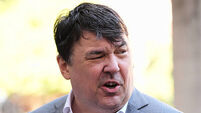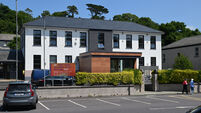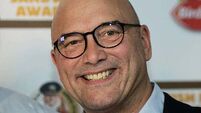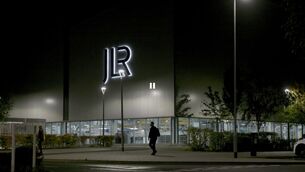ECB signals trough in interest rates

It cut the deposit rate by a further 10 basis points, moving it deeper into negative territory to -0.4%. In an unexpected move, the ECB also cut its refinancing (refi) rate by 5bps to 0%.
In addition to these rate cuts, the ECB also announced that it was increasing the volume of its asset purchases to €80 billion per month, from €60bn.
This was more than expected. There was no change to the length of the QE programme, which the ECB still expects to run until at least the end of March 2017.
However, the Governing Council expanded the basket of eligible assets for its QE programme.
Euro denominated, investment grade bonds issued by corporations can now be purchased for the programme.
The ECB also indicated that it would launch four new long-term funding operations (TLTROS) for banks over the course of the next 12 months.
The funding will be provided at the prevailing refi rate, currently 0%, but the rate can be lowered to as far as the deposit rate for banks whose net lending exceeds a “benchmark”.
Thus, banks may be able to borrow funds from the ECB at a negative interest rate.
Combined, the measures exceeded market expectations and represent a further significant easing of monetary policy.
The Governing Council is hoping that this additional monetary stimulus will counteract the heightened risks to the ECB’s price stability objective and help secure a return of inflation to near 2%.
The decision by the Council to loosen policy further was not unanimous, but the ECB president, Mario Draghi, indicated the majority in favour of the new measures was “overwhelming”.
Following the meeting, the ECB published its latest set of staff macro-economic projections.
Compared to the previous December version, the ECB slashed its inflation forecast for 2016 from 1% to 0.1%.
This was a key reason behind the further easing of policy last week. It also lowered this year’s GDP growth forecast to 1.4% from 1.7% previously. The ECB sees growth and inflation picking up in 2017 and 2018.
The market reaction to the ECB policy announcements was quite volatile.
There was a very positive market reaction when the policy changes were initially announced.
The euro fell by over a cent against the dollar, bond yields moved lower and stocks rallied strongly.
However, at the subsequent ECB press conference, Mr Draghi indicated that there was a limit to how far the ECB could go with negative interest rates without having consequences for the banking system.
He also said that he did not anticipate any further rate cuts, with any additional easing likely to comprise non-standard measures, such as expanding the QE Programme further.
His comments were taken as a clear signal that interest rates have reached a trough, which caused the market mood to turn sour.
The euro soared by more than three cents versus the dollar following Mr Draghi’s comments, touching $1.12 at one stage.
Bond yields rose and actually finished higher on the day. Meanwhile, stocks markets fell back, moving into negative territory, although they rose strongly again the following day.
Another sign that rates may have troughed is the recovery of oil and other commodity prices over the past month, which if sustained, would eventually see a rise in inflation.
However, the likelihood is that interest rates will remain very low for an extended period of time, as the ECB clearly stated in its post-meeting statement.
Futures contracts indicate that money market rates should remain close to zero for the rest of the decade.
A key reason for this is that the economic recovery remains modest at best, with very subdued inflationary pressures.
Indeed, leading indicators of activity for the first two months of this year point to a weakening in the pace of eurozone growth.
Overall, the ECB sees modest GDP growth of around 1.5% in the Eurozone again this year, rising only slightly to 1.7% in 2017 and 1.9% in 2018.
Oliver Mangan is chief economist at AIB















